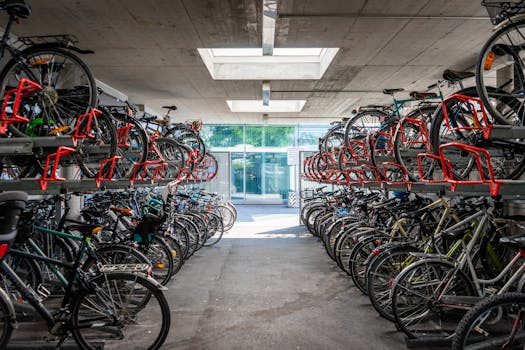
Sustainable Cities: How Europe is Shaping Eco-Friendly Lifestyles by 2025
Sustainable Cities, Europe is at the forefront of creating eco-friendly lifestyles, with a strong focus on green technology, renewable energy, and innovative urban planning. As the world grapples with the challenges of climate change, European cities are taking bold steps to reduce their carbon footprint and create a healthier, more sustainable environment for their citizens.
Introduction to Sustainable Cities
The concept of sustainable cities is not new, but it has gained significant momentum in recent years. With the increasing awareness of climate change and its devastating impact on the environment, cities across Europe are adopting sustainable practices and technologies to reduce their carbon footprint. From green roofs to electric vehicles, European cities are embracing innovation and creativity to create a better future for their citizens.
European Cities Leading the Way
Several European cities are leading the way in sustainable development, with Copenhagen, Stockholm, and Amsterdam being prime examples. These cities have implemented a range of initiatives, including green transportation systems, energy-efficient buildings, and waste reduction programs. For instance, Copenhagen aims to be carbon neutral by 2025, while Stockholm has implemented a congestion tax to reduce traffic and encourage the use of public transport.
Green Technology and Innovation
Green technology and innovation are key drivers of sustainable development in European cities. From solar panels to wind turbines, cities are harnessing renewable energy to power their homes, businesses, and transportation systems. Additionally, innovative urban planning strategies, such as green roofs and urban forestry, are being implemented to reduce the urban heat island effect and improve air quality.
Challenges and Opportunities
While European cities are making significant progress in sustainable development, there are still challenges to be addressed. One of the major challenges is the high cost of implementing green technologies and infrastructure. However, this also presents opportunities for investment and job creation in the green sector. Moreover, the benefits of sustainable development, including improved public health and quality of life, far outweigh the costs.
Conclusion
In conclusion, Europe is shaping eco-friendly lifestyles by 2025, with a strong focus on sustainable cities, green technology, and innovative urban planning. As the world continues to urbanize, it is essential that cities adopt sustainable practices and technologies to reduce their carbon footprint and create a healthier, more sustainable environment for their citizens. With the right policies, investments, and innovations, European cities can lead the way in creating a better future for all.






